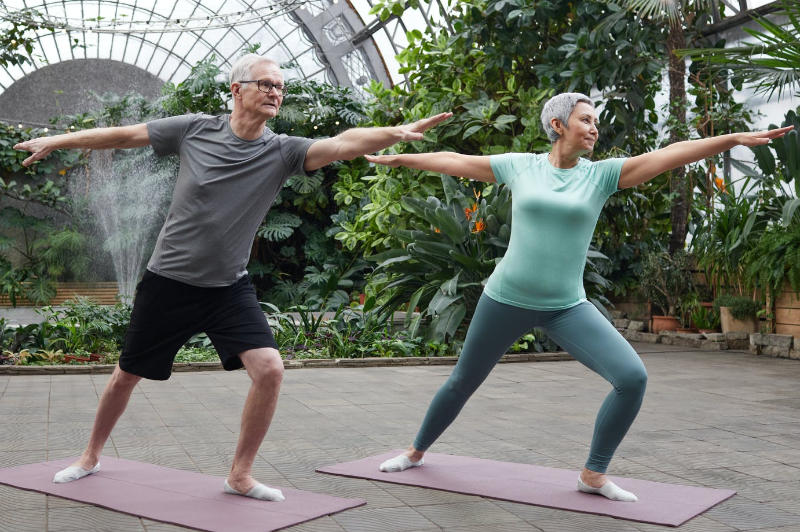Re-Activating Your Life
So, after a somewhat lengthy re-introduction, let me give you a quick recap, then we'll get straight to the practical implementation of what’s been discussed.
Our brains never stop learning and they enjoy movement no matter the age. However, they also process our experiences and accumulate “alarms” that may translate into restrictions, unpleasant sensations, and even pains, sometimes without an explicit physical trauma. This happens because the instinct of self-preservation may have a higher priority than the instinctual interest in movement and movement exploration. And that is just one side of the coin.

On the other hand, our sedentary lifestyle renders our bodies inapt for effective and safe movement, causing a myriad of problems that can trigger undesired responses within our defense system. This, in turn, may create new or reinforce existing issues related to our neuromotor function.
We end up living in a cast of adaptations and restrictions, which precludes us from expressing our physiology optimally and living our lives to the fullest. This will also negatively reflect on our health because continuous movement is an integral element in maintaining our overall well-being and function.
To break out of this vicious cycle, we need to find a way to move throughout the day. The best way to ensure that it becomes habitual is to start enjoying the movement, once again, for what it is. For this purpose, we need to free our bodies of adaptations and restrictions that can potentially trigger undesired, detrimental responses and discourage us from moving. As we work to restore the proper movement mechanics, we must find a balanced regimen of appropriate exercises (or, appropriate physical challenges, if you will) to elevate your body to the optimal physical level, while protecting it from unnecessary stresses and securing long-term success.
The Proper Foundation
Don’t make a mistake of purely relying on external motivation to stay active. Although it can be a good supplement to your efforts and can get you going in the beginning, the motivation won’t last long enough to keep you going for good. Just remember, your body wants the same thing you do – it wants to move, to stay healthy. The main problem that we face is that we don’t know how to take care of our bodies, so how can they be expected to take care of us?
The method described herein employs neuro-facilitated techniques that allow you to alleviate restrictions and reset musculoskeletal adaptations, all while realigning your body and reclaiming normal ranges of motion. The functional exercises address the stability and mobility of movable structures prior to gradually and safely introducing resistance training, which will further stimulate improved fitness and wellbeing.
Introduce Variety
You must understand the importance of variety in your movement. Not only does variety keep things interesting, it also provides an optimal environment for the balanced development and sustainability of your body.
There’s no limit to the variations of movement, yet we often choose to stick with a limited number of exercises to perform. Although specialization may make us good at performing this limited set of exercises, it may also be the reason we develop certain imbalances.
Try new things. Keep your brain excited and your body prepared for various physical challenges. For most of the people who want to stay active for health and fitness reasons, this is the best way to go.
Mindful Movement
As you start directing your mental focus towards the exercises you perform, you will open up a whole new dimension of movement. By switching your focus from one part of the body to another, and by taking time to listen to your body’s responses, you can derive virtually unlimited variations of movements that will feel new, refreshing, and exciting every time you perform them.
Those of you familiar with somatic exercises know the powerful benefits of mindful movement. If, however, this concept is unknown to you, you can find an introduction to somatic exercises and other neuro-facilitated techniques on my website. You can also subscribe to my newsletter or join my Facebook page to be notified of upcoming guided movement sessions that I regularly host online.
The next section will guide you through a step-by-step plan that will gradually transition you into fragmented exercising. Being able to exercise in brief, fragmented sessions requires certain considerations, which we will briefly cover so you understand how each affects your personal decisions when you adopt a fragmented exercise regimen corresponding to your needs and lifestyle. We will conclude the section with self-assessments and the defining of personal goals, which you’ll be working towards from now on.